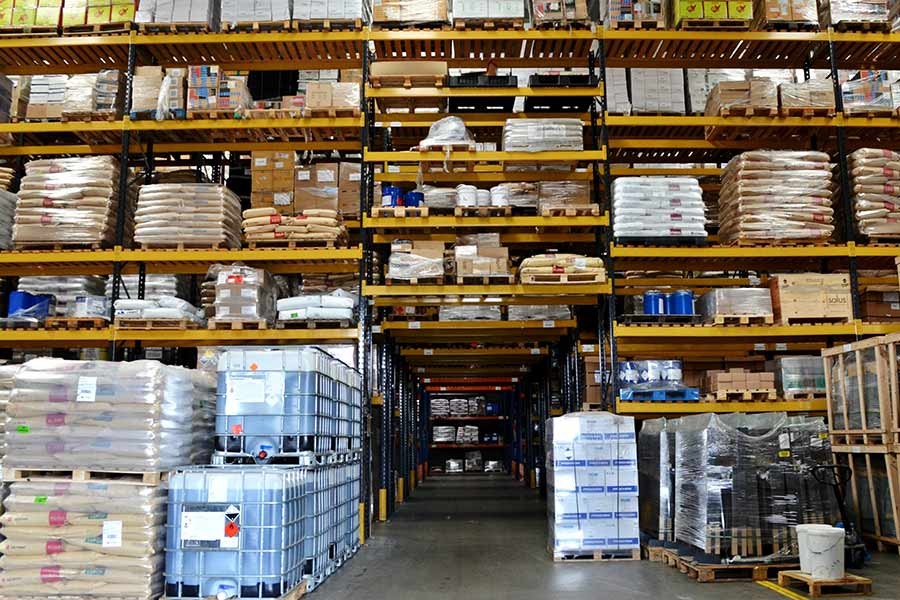The Chairman of the National Board of Revenue (NBR), unlike some of his predecessors, has come up with a positive note on bonded warehousing facility for manufacturing export products. Of late, at a meeting with business leaders, he has been quoted as saying that the government has no reservation in allowing bonded warehousing to new export-oriented units provided they strictly follow the rules governing the system, defiance of which leads to loss of government revenue. With this encouraging statement from none other than the government's chief revenue collector to back, the move, if well designed and efficiently executed, will deliver the goods.
The reason why bonded warehousing system had earned infamy in the past was because of the flouting of rules on the one hand and alleged collusion, on the other, between a section of the business community and some corrupt customs officials responsible to oversee and regulate the system in line with well-set procedures. This had unleashed floodgates of corruption in other aspects of export business as well. Worst of all, selling out the raw materials in open market -- mainly fabrics and garment accessories - had its adverse impact on local industries producing for domestic consumption. It is not certain whether the NBR has been able to rein in the malpractices. If not, it is the government which is counting on the losses-- that too in staggering sums.
Bonded warehousing is a service that allows exporters to import and store their raw materials without payment of customs duties for a certain period of time until these are used in the manufacture of products to be exported. Bonded warehousing in Bangladesh was instrumental in bringing much of the vigour and dynamism that the country's export sector needed badly. Since the mid-eighties when garment export began to indicate signs of promise, bonded warehousing was one of the key mechanisms along with back-to-back letter of credit that succeeded in materialising the potential much to the satisfaction of the government and exporters. However, there were talks of misuse of the system by errant exporters. But the mechanism -- backed by maintenance of passbooks by customs officials of imported goods stocked in the bonded warehouses and exported subsequently -- was meant to guard against any kind of misdeeds. The common perception is that it is a full-proof system, and with its continuation over the decades it should now act as a deterrent to malpractices, unless of course the aforementioned collusion factor renders it ineffective.
There have been demands in recent times from export-oriented motorcycle manufacturers, among others, for allowing them bond facilities. It may be noted that the export sectors currently being allowed to use bond are few. These include garment and garment accessories, leather, shipbuilding - to name the major ones. Now that more products are likely to enter the list, it is expected that the NBR would maintain high vigil on compliance of rules and regulations while facilitating exporters to import their raw materials for producing export products.


